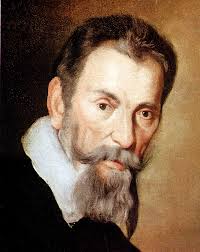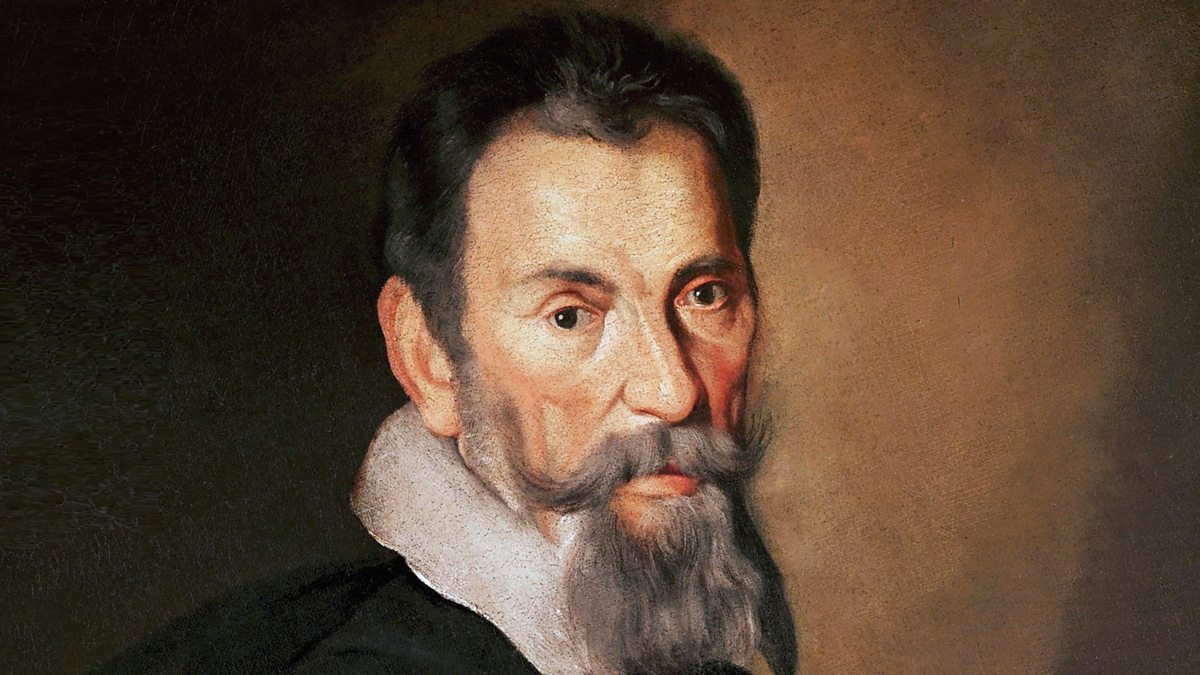The History of Vespro della Beata Vergine by Claudio Monteverdi
Claudio Monteverdi’s Vespro della Beata Vergine (Vespers for the Blessed Virgin), published in 1610, stands as one of the most significant sacred compositions of the early Baroque period. Not only does it represent a major milestone in Monteverdi’s career, but it also showcases the evolving landscape of sacred music at the dawn of the 17th century. Combining the grandeur of Renaissance polyphony with the expressive innovations of the nascent Baroque style, the Vespers remains a landmark in Western classical music.
The Context of Creation
In 1610, Monteverdi was working as maestro di musica at the court of Duke Vincenzo Gonzaga in Mantua. Although he had already achieved fame as a composer of madrigals and operas—most notably L’Orfeo (1607)—Monteverdi was seeking a more stable and prestigious position, possibly at a major cathedral or royal court.
The Vespro della Beata Vergine was likely conceived as a kind of musical résumé or audition portfolio. Published in Venice along with a six-voice Mass setting based on the famous Missa In illo tempore of Nicolas Gombert, the Vespers offered a stunning demonstration of Monteverdi’s versatility as a composer of both old and new musical styles.
Structure and Content
The Vespers is based on the traditional structure of the Catholic Vespers liturgy for the Feast of the Blessed Virgin Mary. It includes:
- An opening Deus in adjutorium (a versicle and response)
- Five psalms: Dixit Dominus, Laudate pueri, Laetatus sum, Nisi Dominus, and Lauda Jerusalem
- A hymn (Ave maris stella)
- The Magnificat in two versions (one for six voices and one for seven)
- Several motets or concerti interspersed between the psalms
What makes Monteverdi’s Vespers particularly innovative is his integration of the newer concertato style—featuring voices and instruments in expressive dialogue—within the traditional framework of the Vespers liturgy. This fusion reflects the transition from Renaissance polyphony to the Baroque emphasis on dramatic contrast and individual expression.
Innovations and Musical Significance
Monteverdi employed a wide variety of compositional techniques in the Vespers, including:
- Polychoral writing, reminiscent of the Venetian school of Giovanni Gabrieli
- Virtuosic solo passages, drawing from his experience in opera
- Instrumental ritornellos and sinfonias, blending sacred and secular idioms
- Modal and tonal experimentation, illustrating a shift toward tonality
The Vespers’ stylistic diversity and structural complexity illustrate Monteverdi’s command of both traditional counterpoint and the emerging practices of the early Baroque. In particular, the motets—such as Nigra sum, Pulchra es, and Audi coelum—stand out for their emotional depth and theatrical flair.
Reception and Legacy
Although the 1610 publication did not immediately secure Monteverdi the desired post, it ultimately contributed to his appointment in 1613 as maestro di cappella at St. Mark’s Basilica in Venice, one of the most prestigious musical positions in Italy. There, he would go on to solidify his influence on sacred and secular music alike.
The Vespers fell into relative obscurity after Monteverdi’s death but was rediscovered and revived in the 20th century. Since then, it has become a staple of the early music repertoire and is frequently performed and recorded by leading ensembles.
Conclusion
Vespro della Beata Vergine is a monumental testament to Claudio Monteverdi’s genius and a defining work of the early Baroque era. Rich in innovation, devotional intensity, and musical variety, the Vespers reflects a turning point in music history—a moment when the expressive potential of the new musical language was just beginning to unfold. Whether experienced in a cathedral or concert hall, Monteverdi’s Vespers continues to inspire awe and admiration more than four centuries after its creation.


Comments are closed